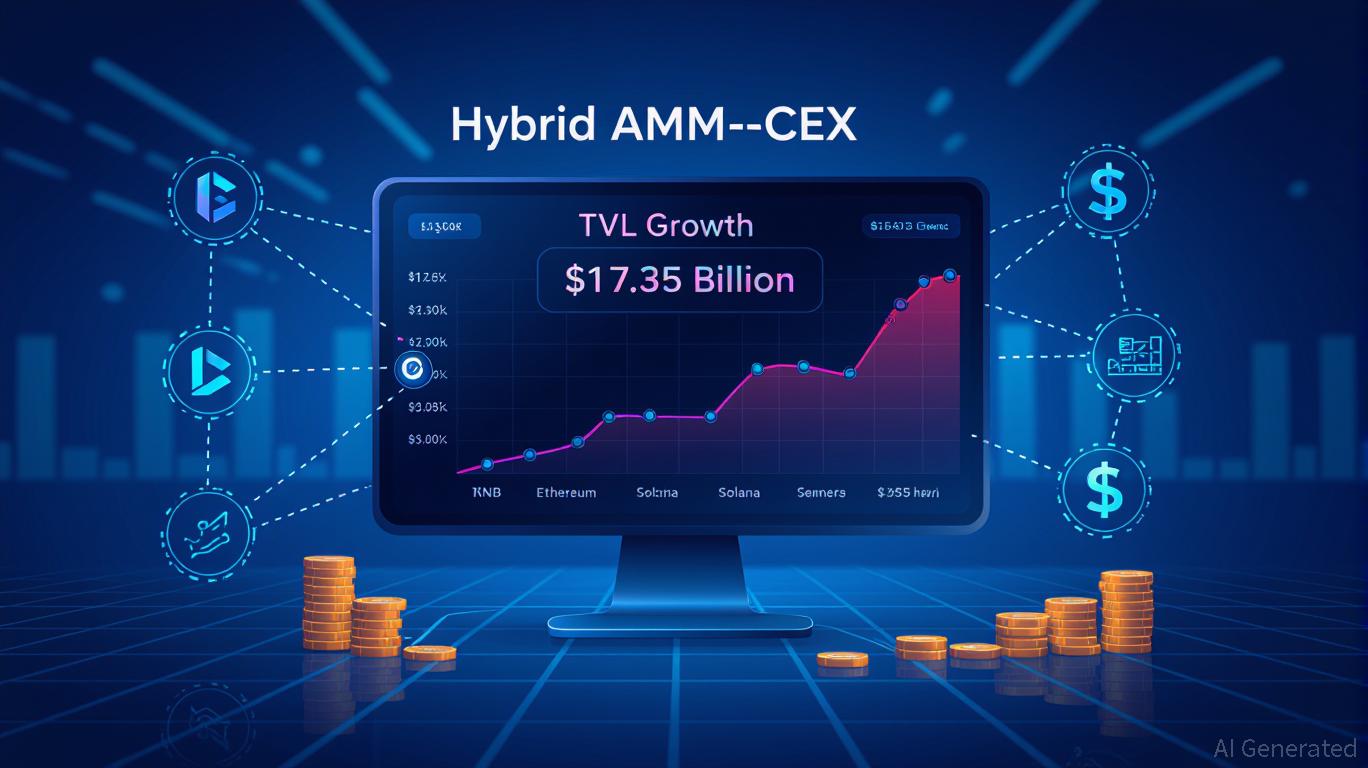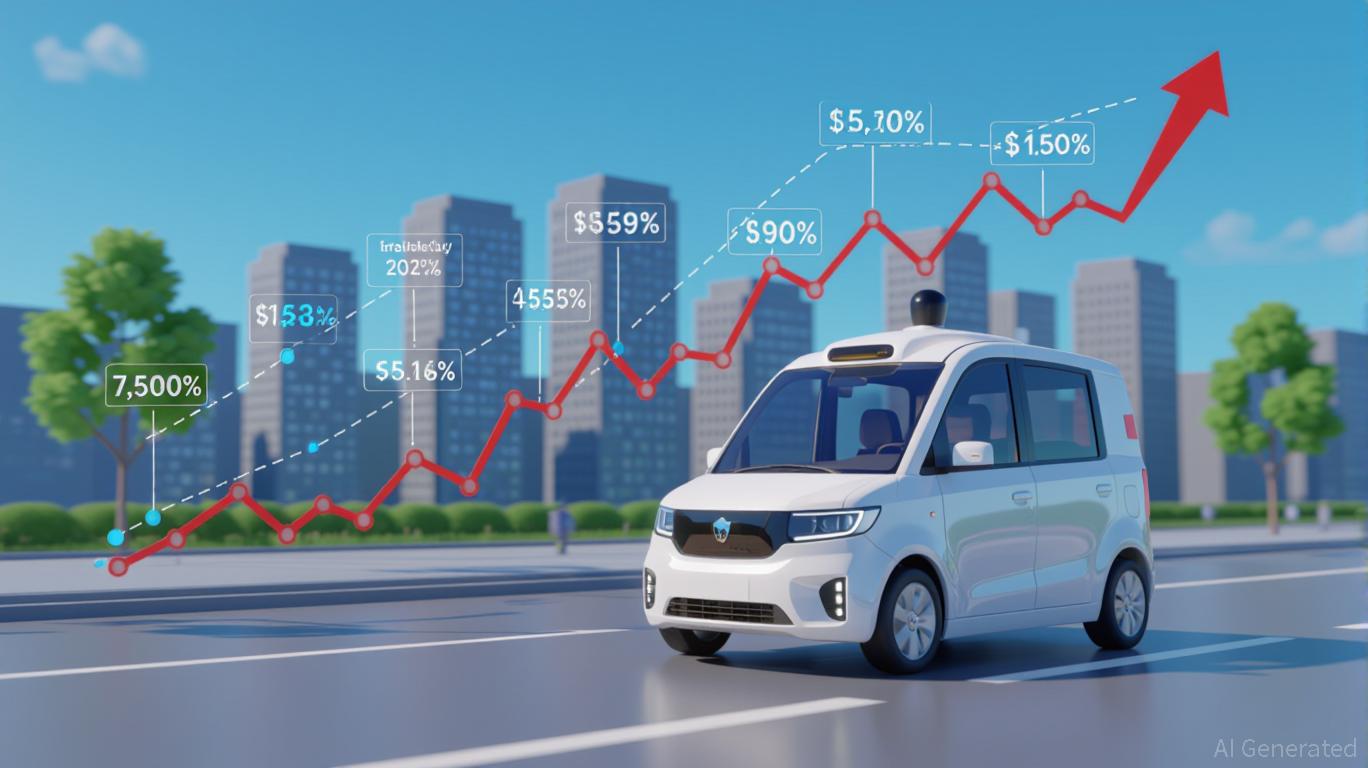Fed Split: Inflation Hardliners and Employment Advocates Disagree on Interest Rate Reduction
- U.S. Federal Reserve faces uncertainty ahead of December meeting due to delayed government data from the shutdown. - Officials split between rate-cut advocates (e.g., Mary Daly) and hawks (e.g., Susan Collins) over inflation risks and labor market gaps. - Market expectations now favor a 55% chance of a December rate cut, down from earlier confidence amid cautious official statements. - Fed relies on private-sector indicators to assess inflation and employment, but lacks comprehensive official data for cl
The U.S. Federal Reserve is grappling with increased uncertainty ahead of its December policy meeting, as essential economic indicators—such as October’s employment and inflation data—may be postponed or unavailable due to the recent government shutdown.
Fed policymakers now face a delicate challenge, weighing inflationary threats against concerns about the job market.
This split is reflected in market sentiment, with the likelihood of a December rate cut now at about 55%, a decline from earlier optimism
With official data unavailable, the Fed has turned to alternative sources, such as private surveys and anecdotal reports, to assess economic trends. However, these alternatives do not offer the same depth as the delayed government releases. For example,

This situation highlights the broader difficulties the Fed faces as it tries to steer a fragile economy. Some members, like Daly, are open to rate cuts if justified by new information, while others, such as Collins, insist that holding rates steady is crucial for keeping inflation in check. The debate is further complicated by political factors:
As the December 9-10 meeting nears, the Fed’s ultimate decision will depend on whether any new data—if released—clarifies the outlook for inflation and employment. For now, the lack of October’s reports leaves officials in a difficult spot, and markets are preparing for a policy decision as uncertain as the data itself.
Disclaimer: The content of this article solely reflects the author's opinion and does not represent the platform in any capacity. This article is not intended to serve as a reference for making investment decisions.
You may also like
DASH Aster's DEX Launch and the Emerging Era of Decentralized Finance
- DASH Aster DEX introduces a hybrid AMM-CEX model, merging liquidity depth with decentralized transparency to address DeFi scalability challenges. - Its yield-collateral mechanism enables dual-income streams (trading + staking), driving $17.35B TVL within a month of its token launch. - Institutional backing from Binance and Coinbase , alongside multi-chain support, boosted retail adoption, achieving $27.7B daily trading volume by Q3 2025. - Regulatory uncertainties and high-leverage risks remain critical

DASH Soars by 150% in November 2025: Key Drivers, Market Impact, and Potential for Investors
- DoorDash's DASH stock surged 150% in Nov 2025 due to institutional reentry and regulatory clarity after a $18M Chicago settlement. - Strategic innovations like autonomous delivery and blockchain logistics repositioned DoorDash as a hybrid tech-crypto leader. - The rally aligned with macro trends: dovish Fed policy, stable inflation, and crypto market rebound, attracting risk-on capital. - While 24.46% YoY revenue growth shows promise, competition and Goldman Sachs' $279 price target highlight execution r

Why Are Bitcoin, XRP, Solana and Ether Falling While Gold and Silver Surge?

Solana (SOL) Dips To Test Key Support — Could This Pattern Trigger an Rebound?
